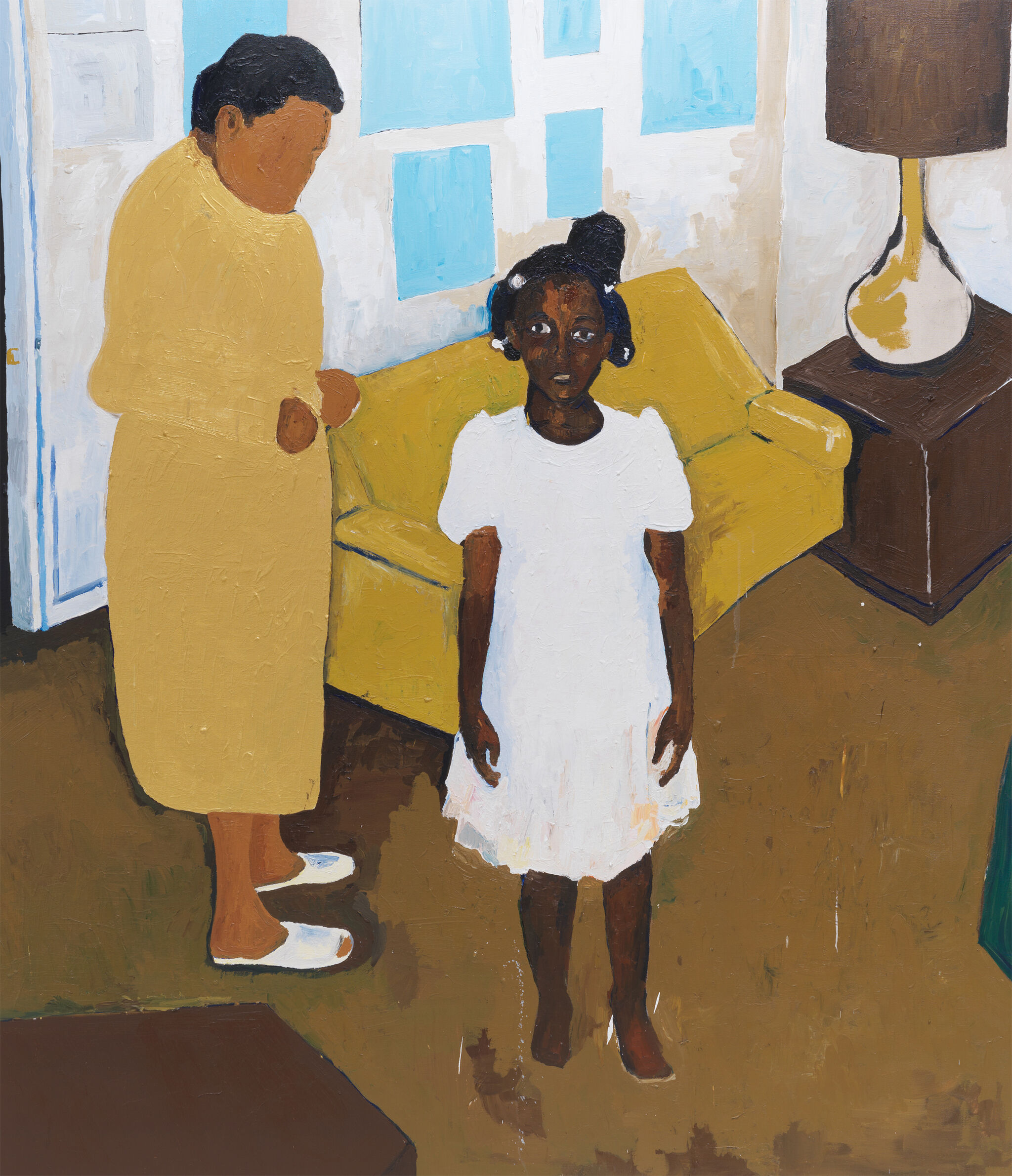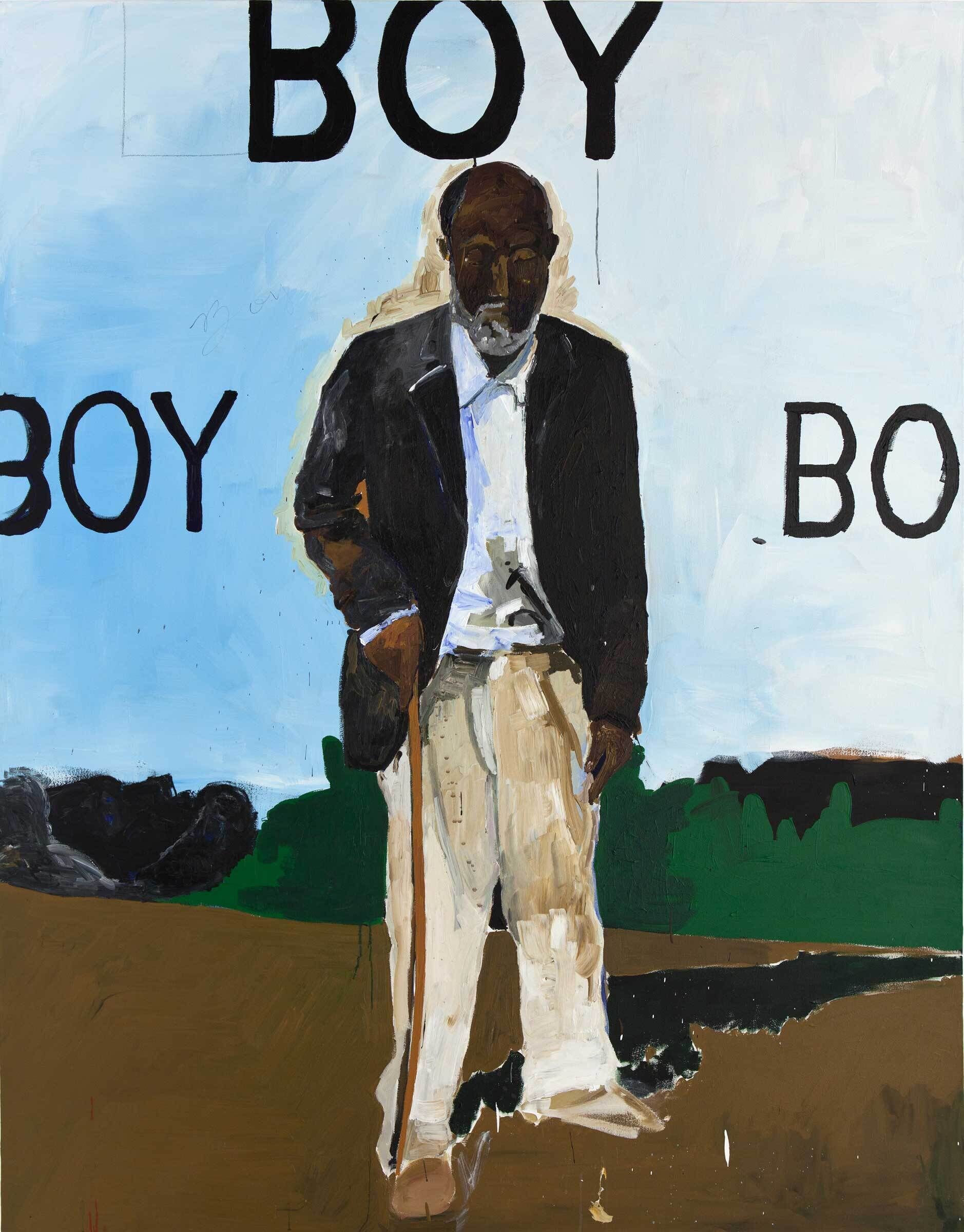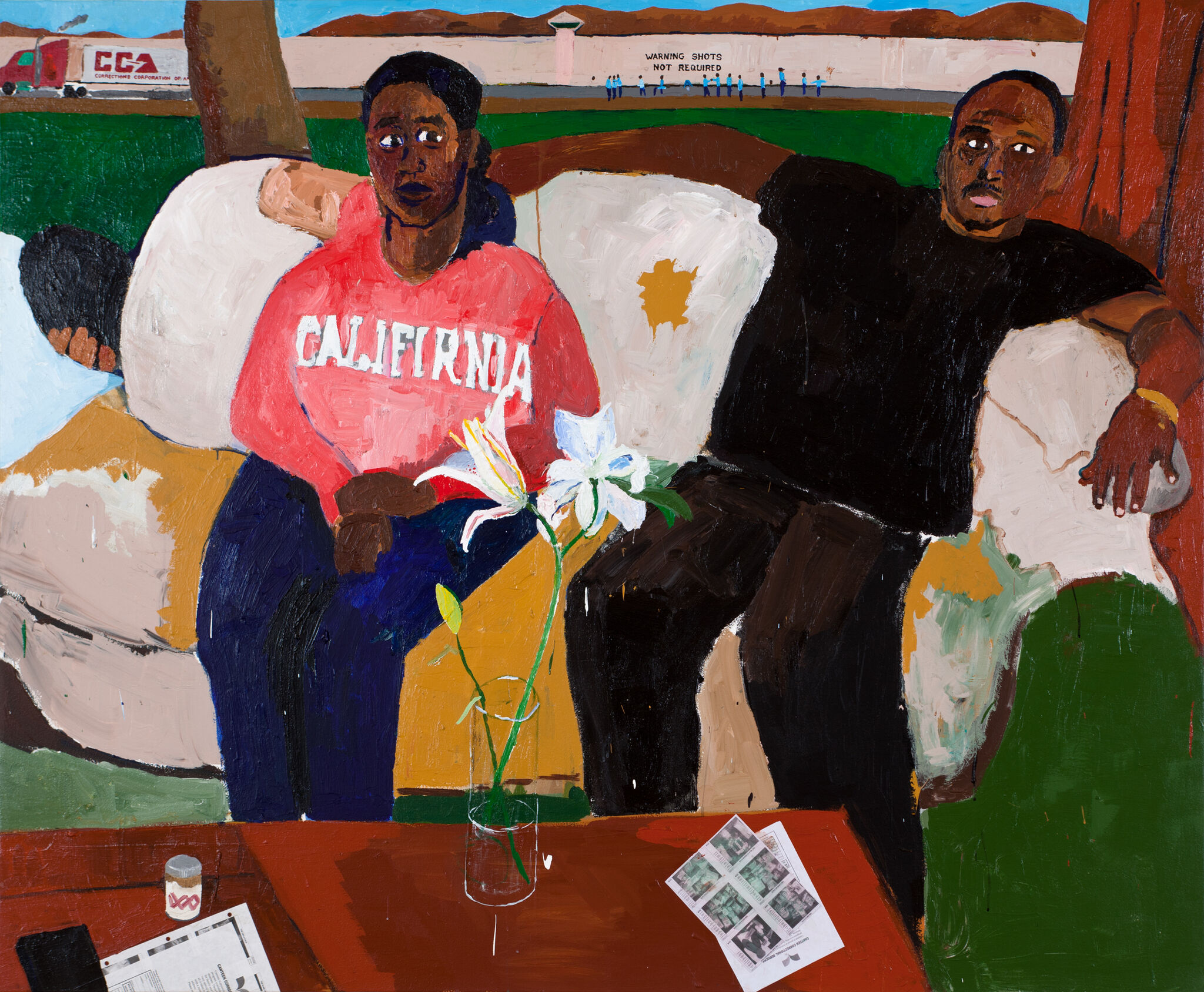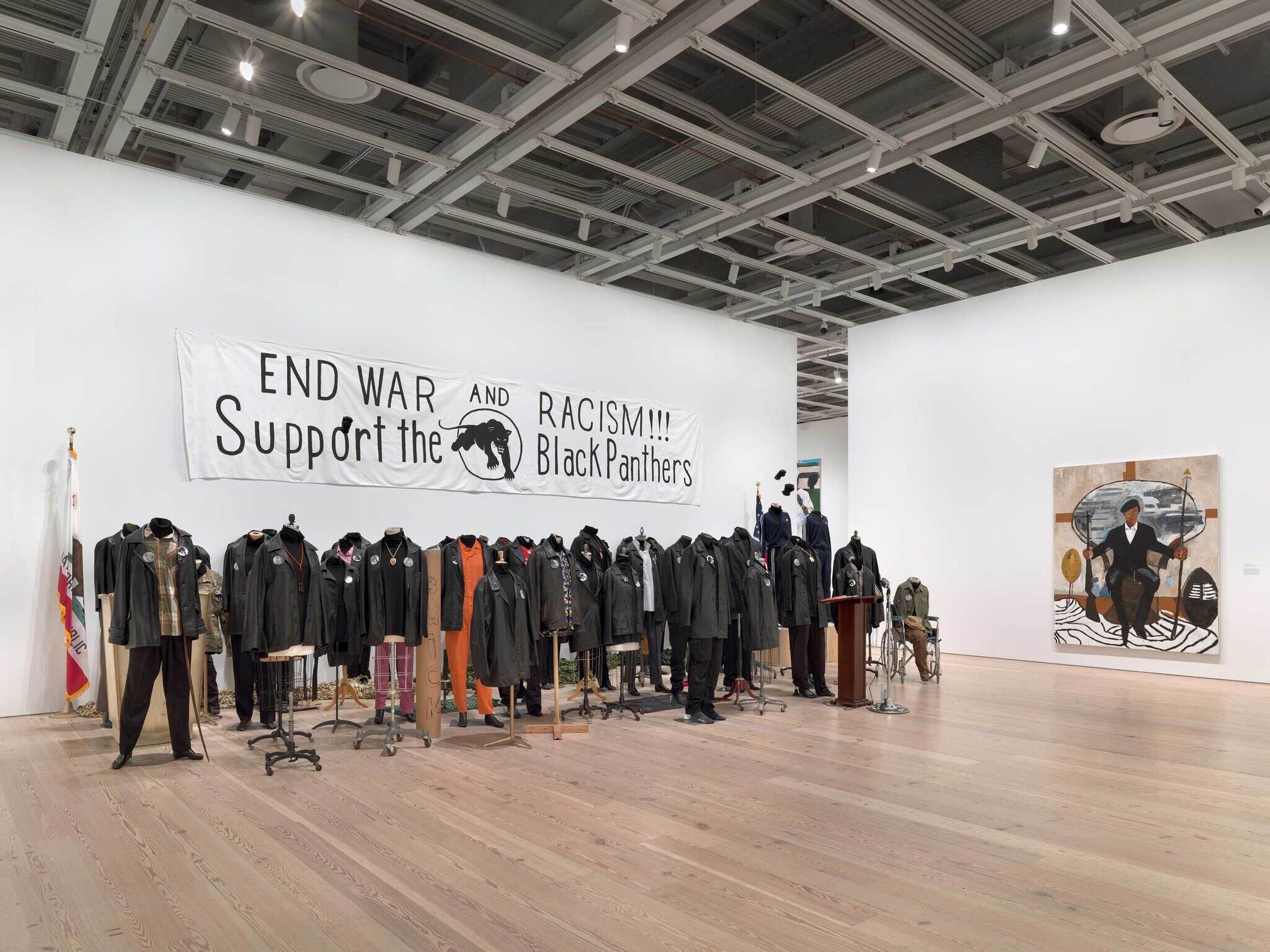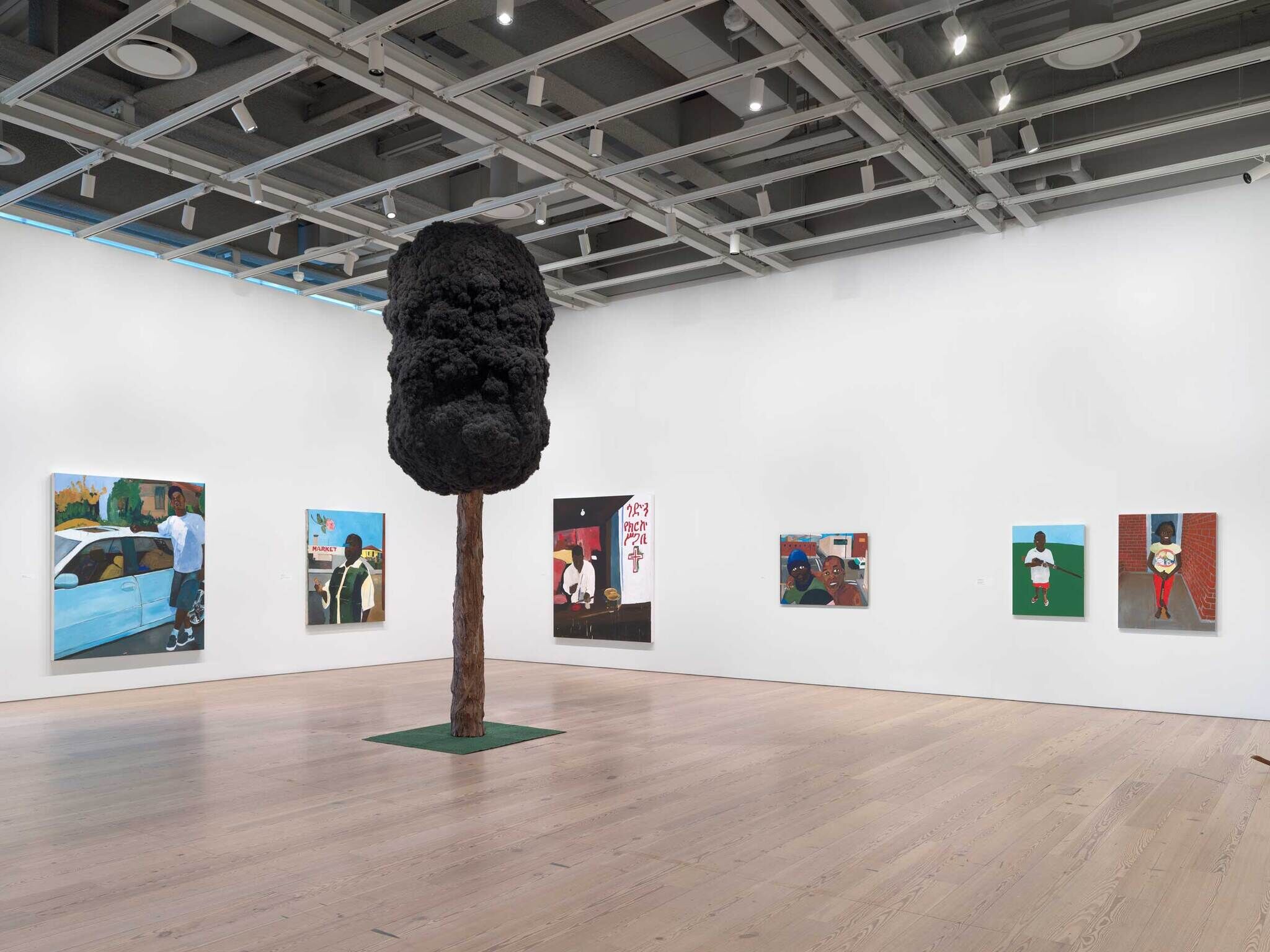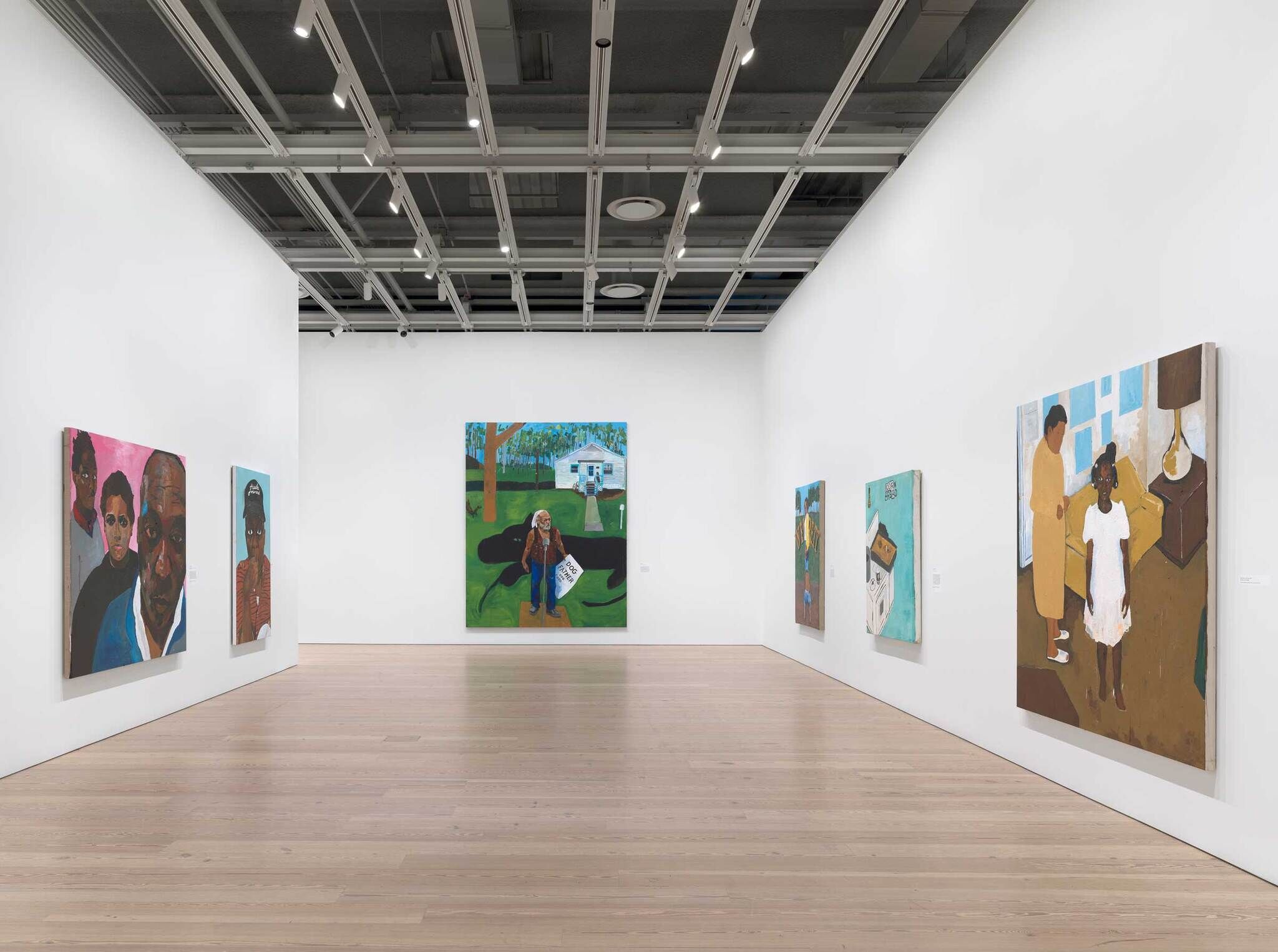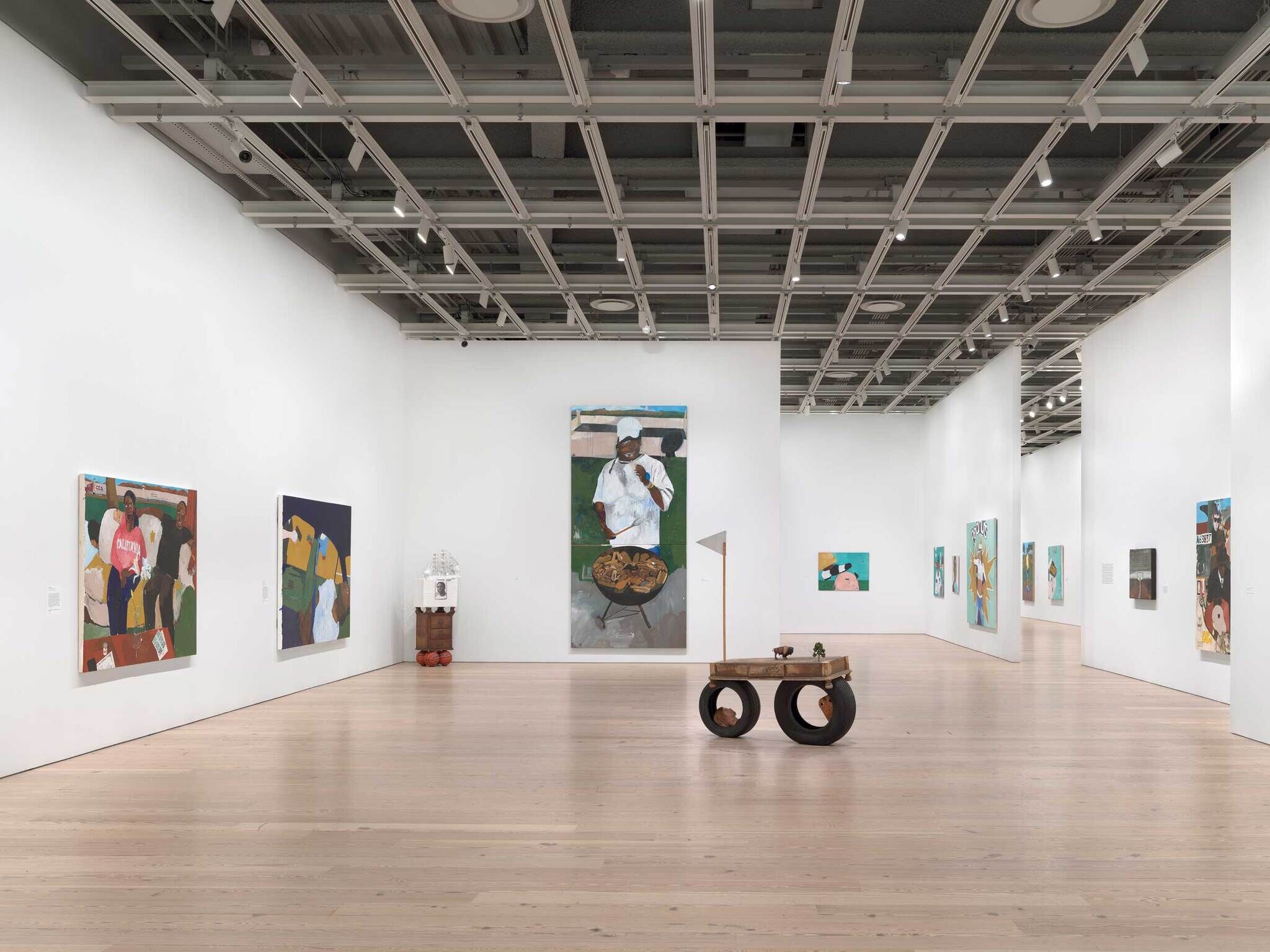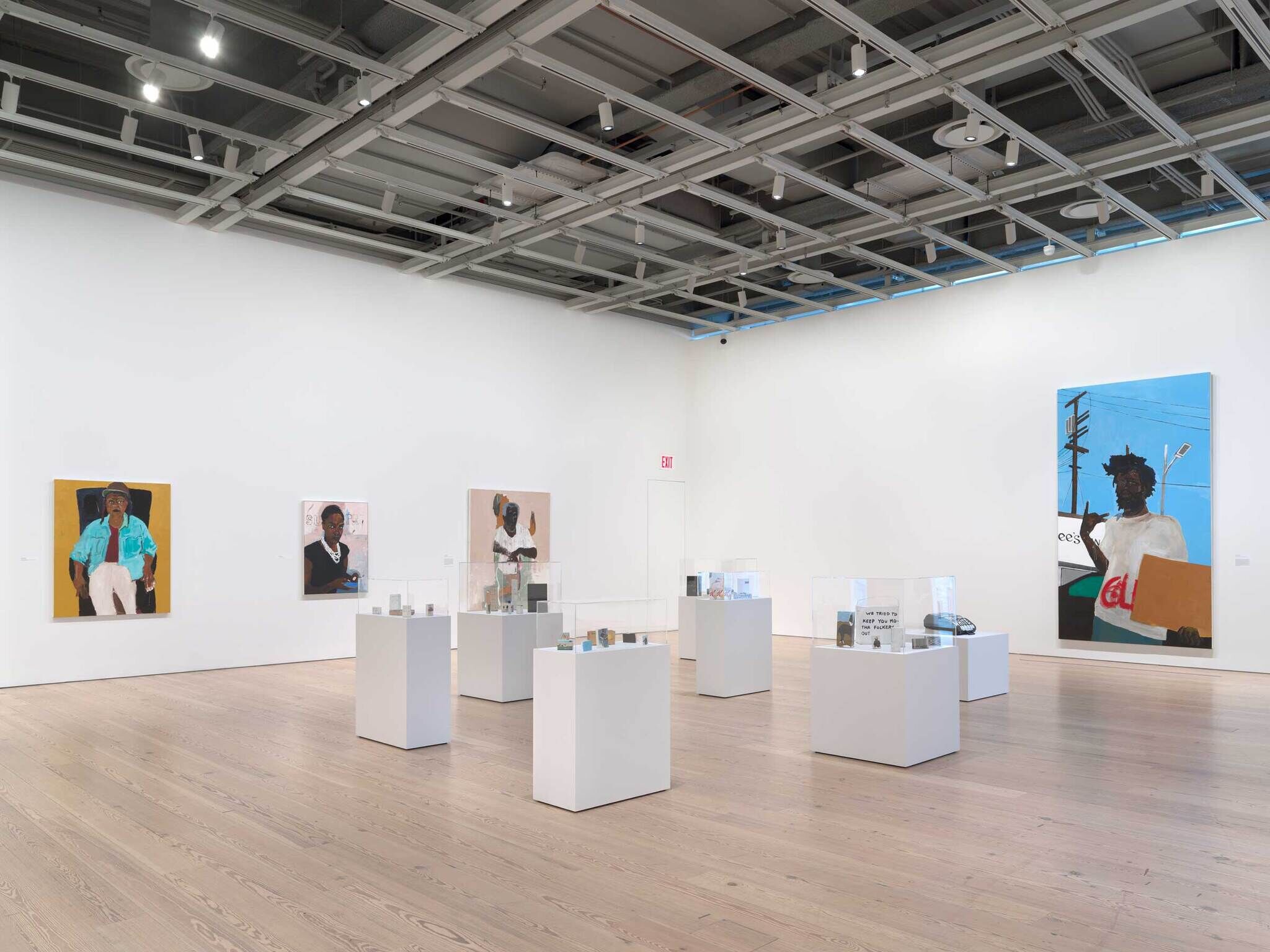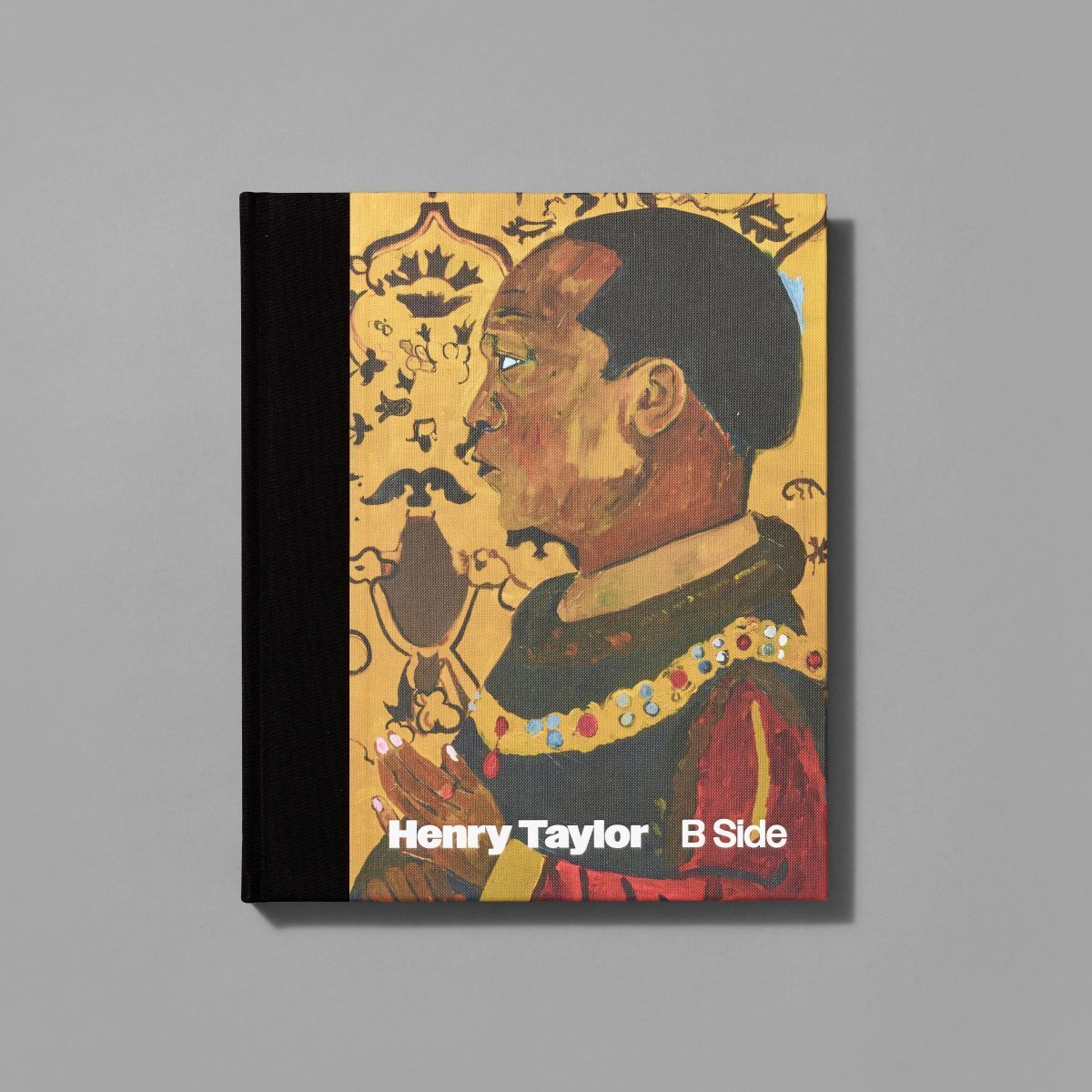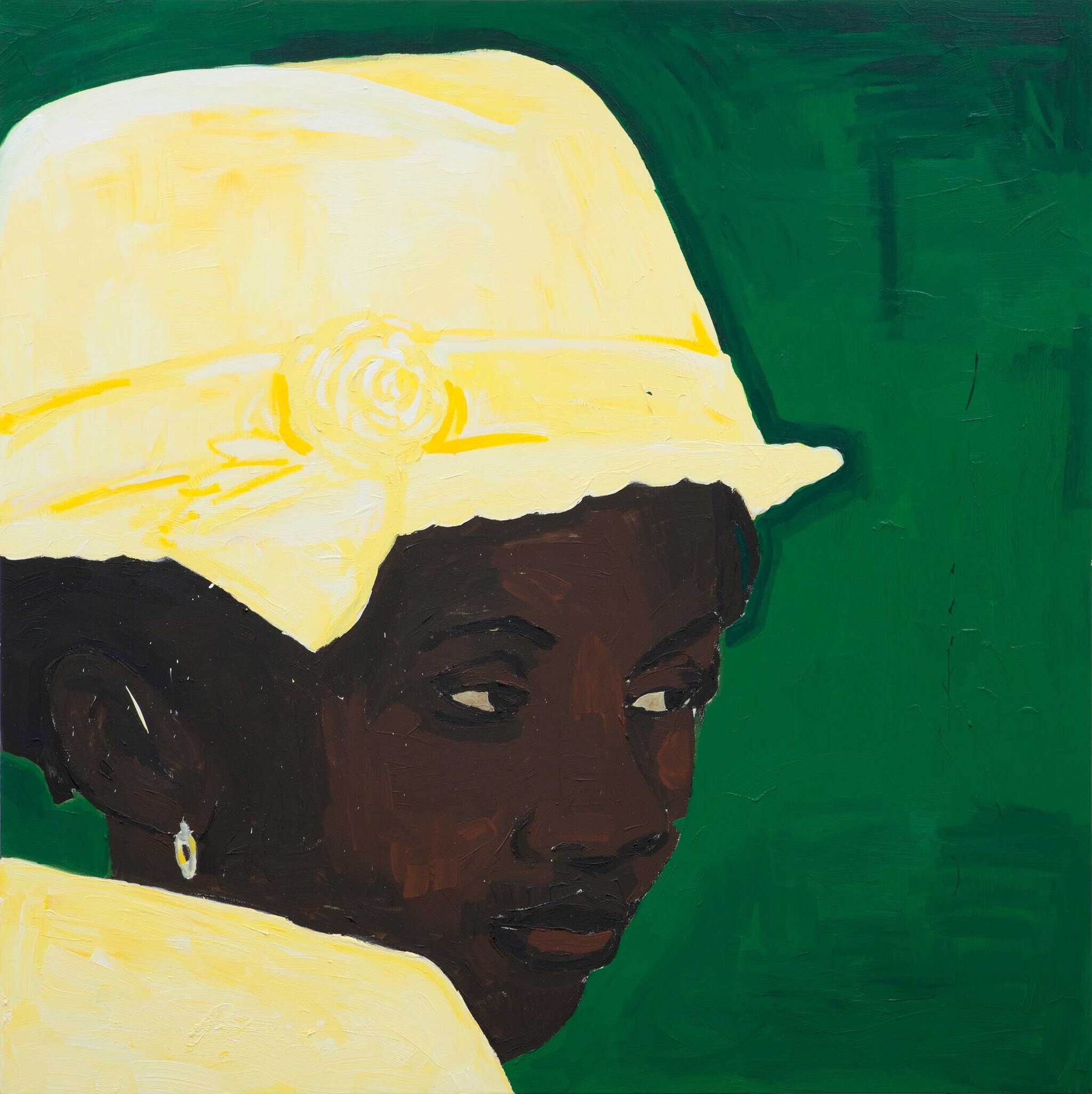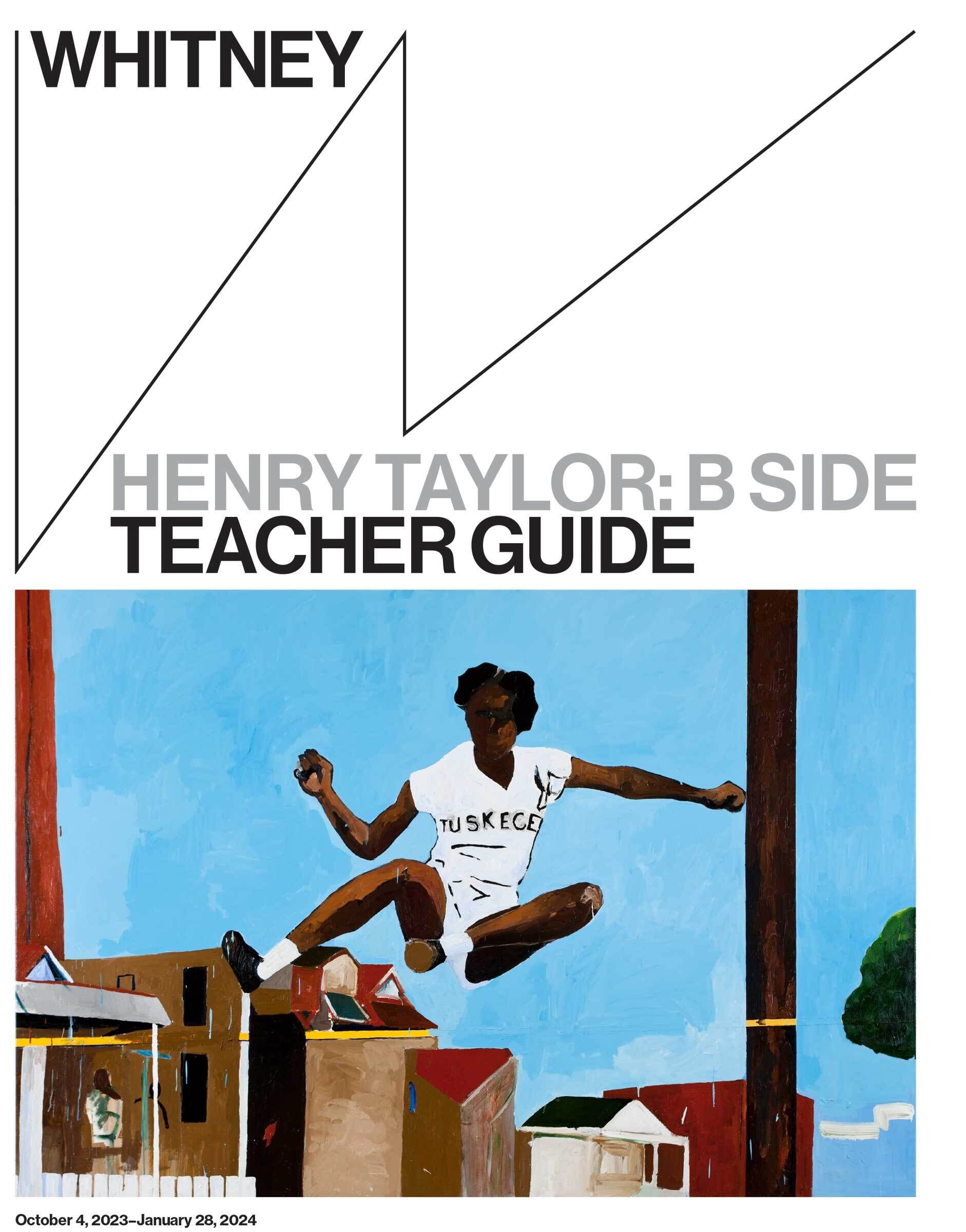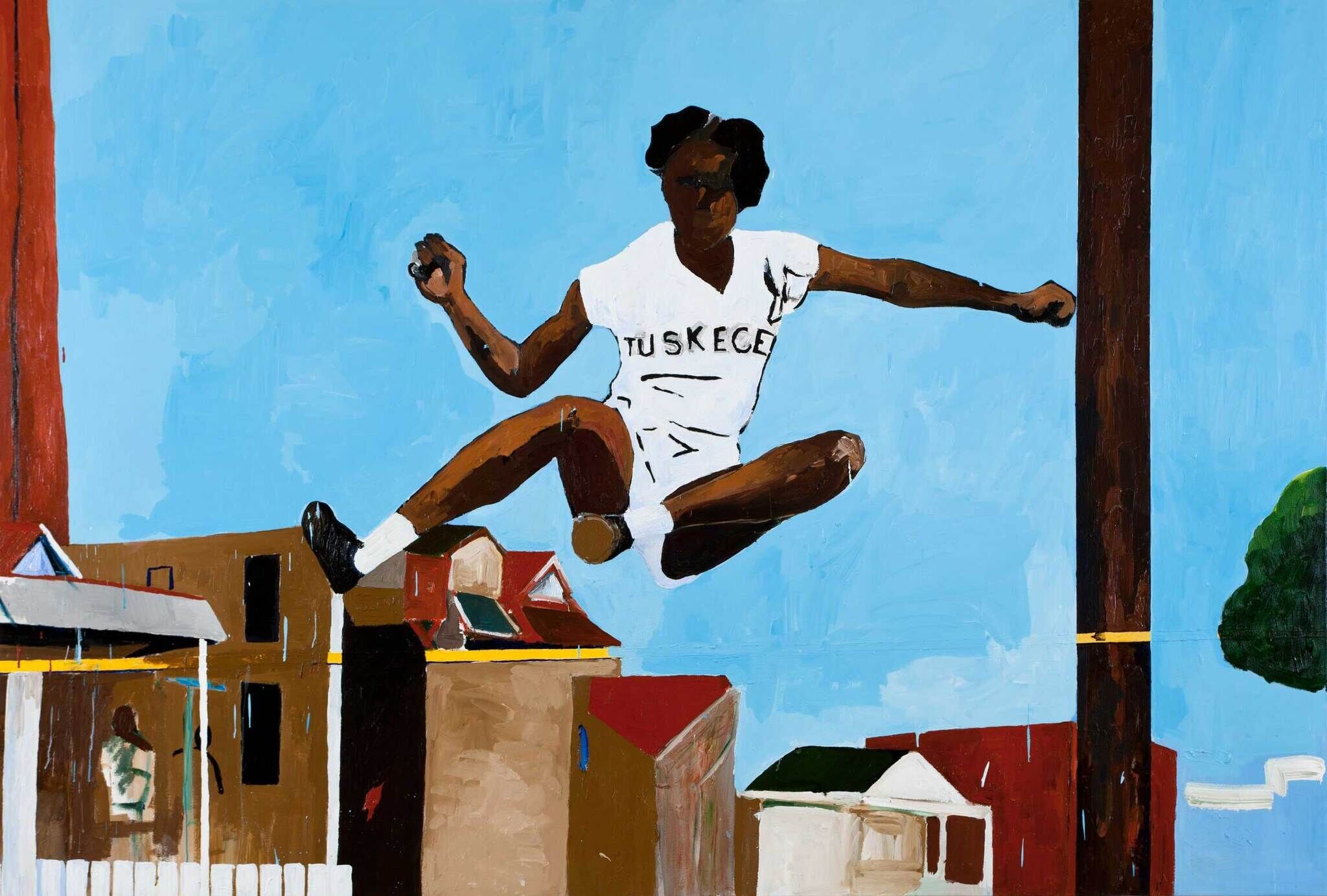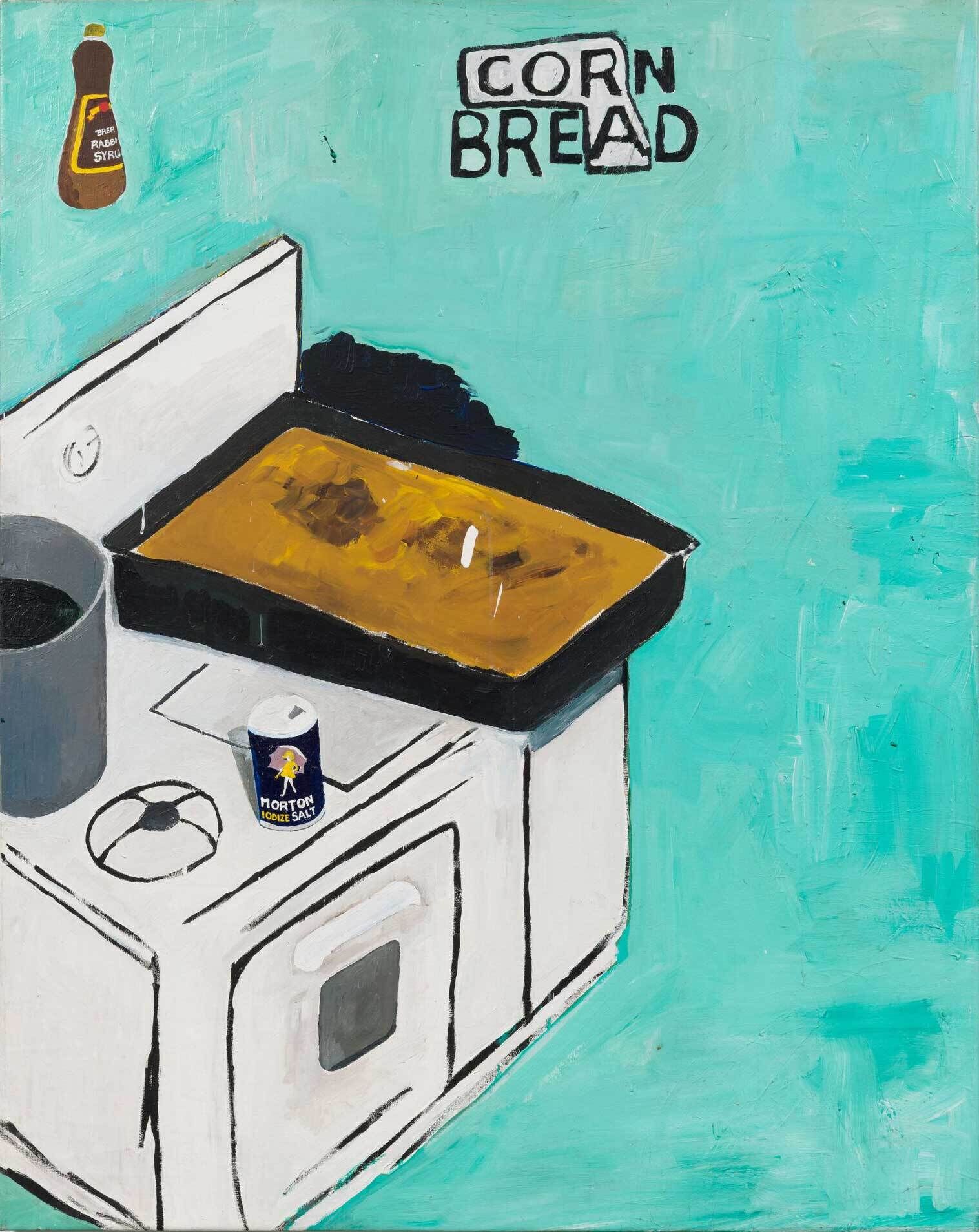Henry Taylor: B Side
Oct 4, 2023–Jan 28, 2024
For more than thirty years, the Los Angeles–based artist Henry Taylor (b. 1958) has portrayed people from widely different backgrounds—family members, friends, neighbors, celebrities, politicians, and strangers—with a mixture of raw immediacy and tenderness. His improvisational approach to artmaking is hinted at in this exhibition’s title, Henry Taylor: B Side, which refers to the side of a record album that often contains lesser-known, more experimental songs.
Taylor’s paintings, executed quickly and instinctually from memory, newspaper clippings, snapshots, and in-person sittings, are variously light-hearted, intimate, and somber. In them, he combines flat planes of bold, sensuous color with areas of rich, intimate detail and loose brushstrokes to create paintings that feel alive. Guided by a deep-seated empathy for people and their lived experiences, Taylor captures the humanity, social milieu, and mood of his subjects, whose visceral presence is heightened by their closely cropped, often life-size images. In working from personal experience and shared history, Taylor offers a view of everyday life in the United States that is grounded in the experiences of his own community, including the incarceration, poverty, and often deadly interactions with police that disproportionately affect Black Americans. Deeply steeped in art history, his work forms a continuum with the expressive figurative painting and politically engaged work of European and American artists from Max Beckmann to Bob Thompson, Philip Guston, and Alice Neel.
Born in the Los Angeles suburb of Ventura, California, Taylor grew up nearby in Oxnard. While studying art at Oxnard Community College and later the California Institute of the Arts (CalArts), he worked at the Camarillo State Mental Hospital as a psychiatric technician on the night shift. After graduating from CalArts in 1995 and moving to downtown Los Angeles, Taylor became a mainstay of the burgeoning art community there and a leading influence on the rise of figurative painting.
Organized thematically, Henry Taylor: B Side presents the artist’s paintings along with a selection of his assemblage sculptures, rarely exhibited early drawings, a large grouping of painted objects on recycled cigarette packs and other everyday supports, and two new installations, one made specifically for this exhibition.
This exhibition is organized by the Museum of Contemporary Art (MOCA), in Los Angeles, and curated by Bennett Simpson, Senior Curator, with Anastasia Kahn, Curatorial Assistant, at MOCA. The presentation at the Whitney Museum of American Art is organized by Barbara Haskell, Curator at the Whitney, with Colton Klein, Curatorial Assistant, and Caroline Webb, Curatorial Assistant.
Please read about the exhibition’s accessibility information before visiting Henry Taylor: B Side.
Henry Taylor: B Side is organized by The Museum of Contemporary Art, Los Angeles.
This exhibition is sponsored by

Generous support is provided by Judy Hart Angelo; the Barbara Haskell American Fellows Legacy Fund; Oliver Haarmann; Kevin and Rosemary McNeely, Manitou Fund; and the Whitney’s National Committee.
Major support is provided by The Keith Haring Foundation Exhibition Fund, Hauser & Wirth, Sueyun and Gene Locks, and George Wells and Manfred Rantner.
Significant support is provided by the Kapadia Equity Fund.
Additional support is provided by The Cowles Charitable Trust.
New York magazine is the exclusive media sponsor.
Resting
3
Within Taylor's broad range of subjects are works that delve into political and social allegory and current events. In some, he addresses police brutality in ways that can be terrifyingly direct but also tender. Several paintings memorialize young men murdered by the police and reference the US penal system through images of prison walls, guard towers, and citizens with their hands up. In others, he packs images and text into surreal compositions whose elusive meanings comingle reportage, personal memory, and common outrage. Together, these works extend a long tradition of socially charged history paintings. As with Francisco Goya's The Third of May 1808 (1814), which Taylor cites as a precedent, the emotional message is one of horror and grief.
Henry Taylor, That Was Then, 2013
Taylor often reflects on his Southern heritage in his work. This painting of an elderly Black man standing amid plowed fields is one in a series of works Taylor based on Farm Security Administration photographs of Southern sharecroppers in the 1930s, and while it is not explicitly a depiction of a Taylor family member, it honors his ancestors’ legacy. Taylor adds the word “BOY” three times to the background of this work as if to suggest that the man was called that degrading epithet many times. Given the persistence of racially abusive language in the United States, the painting’s title is likely ironic.
Events
View all-
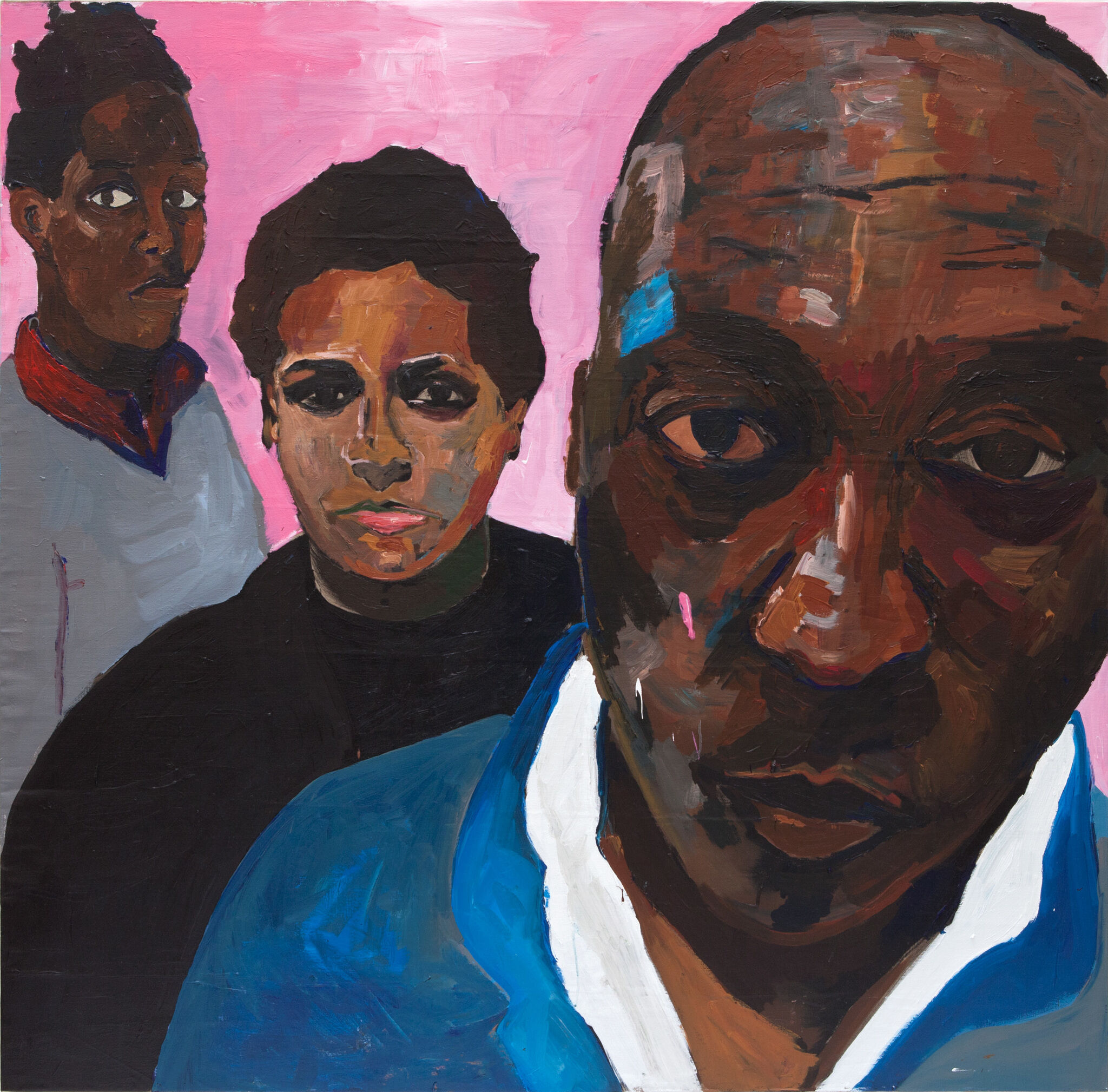
Weekend Member Mornings
Repeats
Saturday, January 27, 2024
9:30–10:30 am -
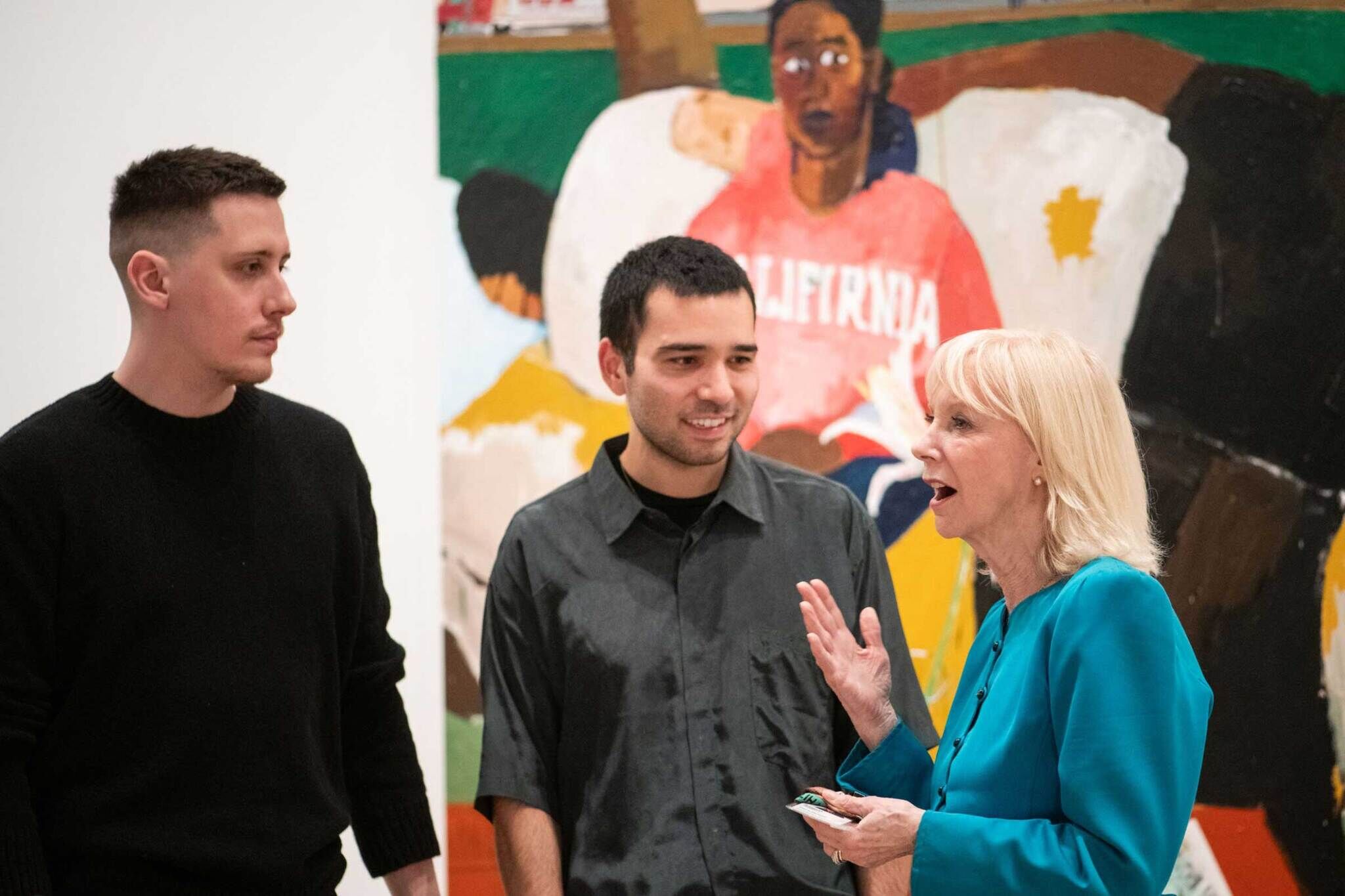
Curator-Led Tour of Henry Taylor: B Side
Thursday, January 25, 2024
9:30–10:30 am -
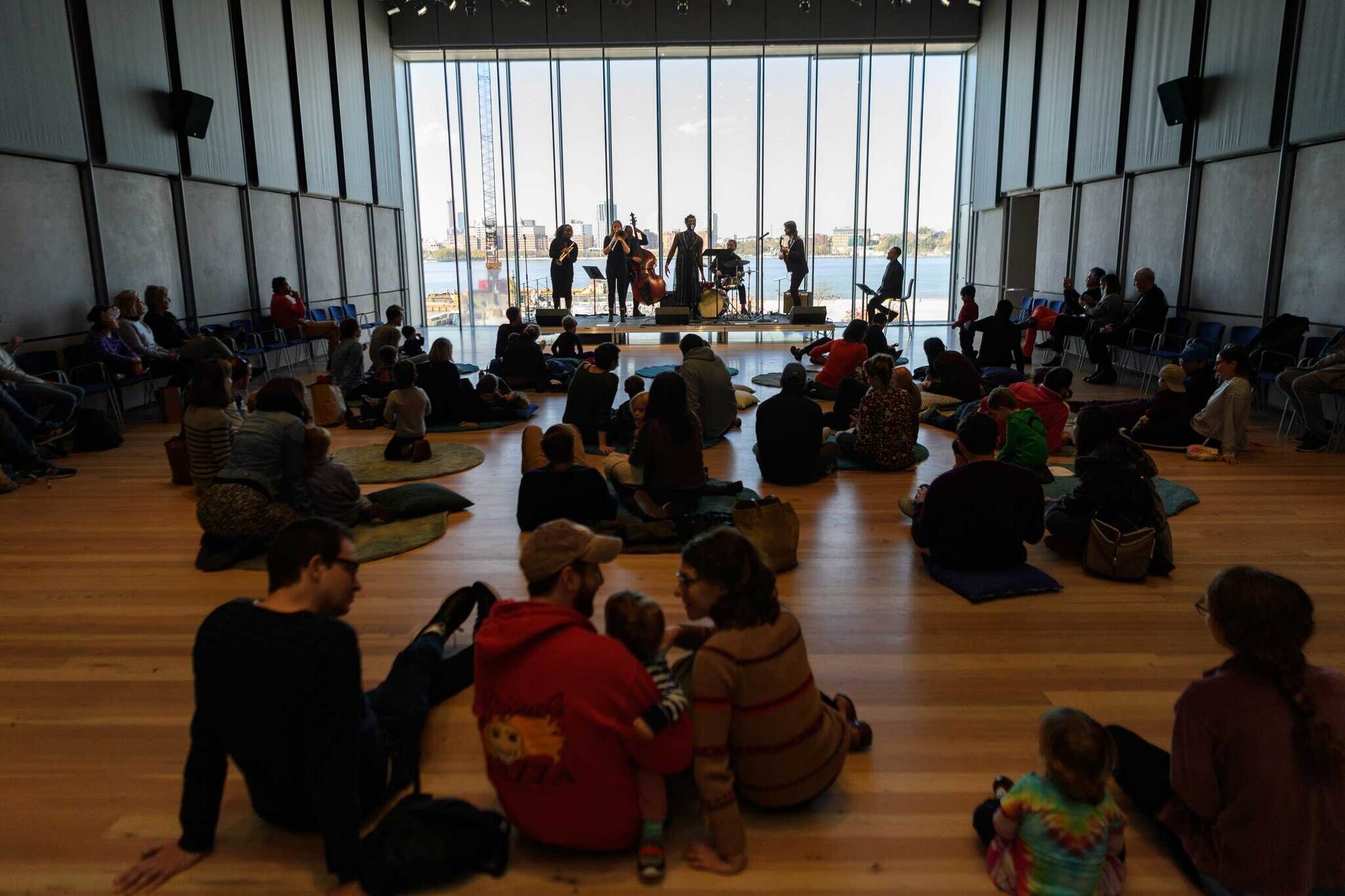
Jazz at Lincoln Center Presenta: Raíces de la Música Estadounidense
Repeats
Sunday, January 14, 2024
11:30 am -

Jazz at Lincoln Center Presents: Roots of American Music
Repeats
Sunday, January 14, 2024
11:30 am
Mobile guides
Learn more about selected works from artists and curators.
View guideExhibition Catalogue
Surveying 30 years of Henry Taylor’s work in painting, sculpture and installation, this comprehensive monograph celebrates a Los Angeles artist widely appreciated for his unique aesthetic, social vision and freewheeling experimentation. Taylor’s portraits and allegorical tableaux—populated by friends, family members, strangers on the street, athletic stars and entertainers—display flashes of familiarity in their seemingly brash compositions, which nonetheless linger in the imagination with uncanny detail. In his paintings on cigarette packs, cereal boxes and other found supports, Taylor brings his primary medium into the realm of common culture. Similarly, the artist’s installations often recode the forms and symbolisms of found materials (bleach bottles, push brooms) to play upon art historical tropes and modernism’s appropriations of African or African American culture. Taken together, the various strands of Taylor’s practice display a deep observation of Black life in America at the turn of the century, while also inviting a humanist fellowship that pushes outward from the particular.
Buy nowIn the News
“...an empathetic portrait painter.” —The New Yorker
“As long as there are artists like Henry Taylor around, painting is in little danger of dying.” —The New York Times
“The other strand of Taylor’s art concerns a larger, shared American history. Subjects don’t sit for these works, but most of them are still portraits, albeit ones that reflect a collective memory.” —T Magazine
“Taylor rewrites art history, often with art historical references, to amplify Black people who have been overlooked or undermined by the canon and systems of power and control.” —Forbes
“Through painting, drawing, sculpture, and installation, this retrospective celebrates an artist widely appreciated for his unique aesthetic, social vision, and freewheeling experimentation. Taylor’s figurative work… showcases an imagination that encompasses multiple worlds.” —Art Africa Magazine
“…Taylor approaches the world and the people in it not as an aloof observer or “student of man,” but as someone full of empathy, someone who lives here too.” —Artforum
“…the best show of 2023.” —New York Magazine
“This, Taylor’s first career survey, will prove that his big, lushly brushed portraits are not all he does well.” —The Washington Post”

